At Facebook’s annual F8 conference, the company revealed two new features that use 3D capture technology: 3D Photos and 3D Memories. In this post I’ll take a look at 3D Photos and how this feature (unassumingly) works — and compare it to small social network that offered this feature 5 years ago.
3D Photos is a new photo format that will be added to Facebook this summer. It adds a 3D depth effect that can change the perspective of the photo when scrolling or tilting the phone when viewing them. Digital Trends posted an article with a nice video of how it looks:
video courtesy of Digital Trends
3D Photos can be captured using a regular smartphone camera and don’t require a special depth sensor or 3D camera. Facebook didn’t show the capture process, but to me these photos look very similar to those of Seene which used to be a niche social network specifically for 3D photos before it was discontinued after being acquired by Snapchat in 2016. Which was a pity because I really liked it. Sure, it wasn’t full 3D capture but it was fast and fool-proof and it made ordinary photos a lot more immersive and fun.
Capturing a 3D Photo with Seene required the user to move a bit with the camera to get just enough angles to create a depth map and a tiny bit of parallax when viewing the photos. Here’s a video — from 2013 — that shows the capture process and results of Seene:
I remember the capture process of the Seene app was simplified even more in a later version, requiring only a tiny bit of one-directional movement. This was very similar to the Lens Blur effect in the Android Camera App which used the 3D depth map data to blur the background. There are solutions, like Depthy.me, that can turn a Lens Blur photo into a 3D Photo. But Lens Blur is actually becoming a thing of the past since it has been replaced by Portrait mode on Pixel 2 devices, that relies on AI instead of movement.
Unfortunately all live 3D Photos from Seene have been pulled offline. But their Twitter account still has a few nice GIF conversions (sans the interaction, of course) that show the similarities between it and Facebook’s new innovative format.
autumn 🍁🍂 #seene #staffpick http://t.co/uKaK9DKdgf pic.twitter.com/YxHTTEDvp8
— Seene (@seeneapp) October 20, 2014
That said, I would be surprised if Facebook’s 3D Photos rely on AI or maybe even a combination of slight movement and AI. I’ll surely test it when it’s out. And I truly hope it also comes to Instagram!
I’m my next post I’ll cover the second 3D-related Facebook feature announced at F8 2018: 3D Moments. You can Follow me on Facebook or Instagram by the way.
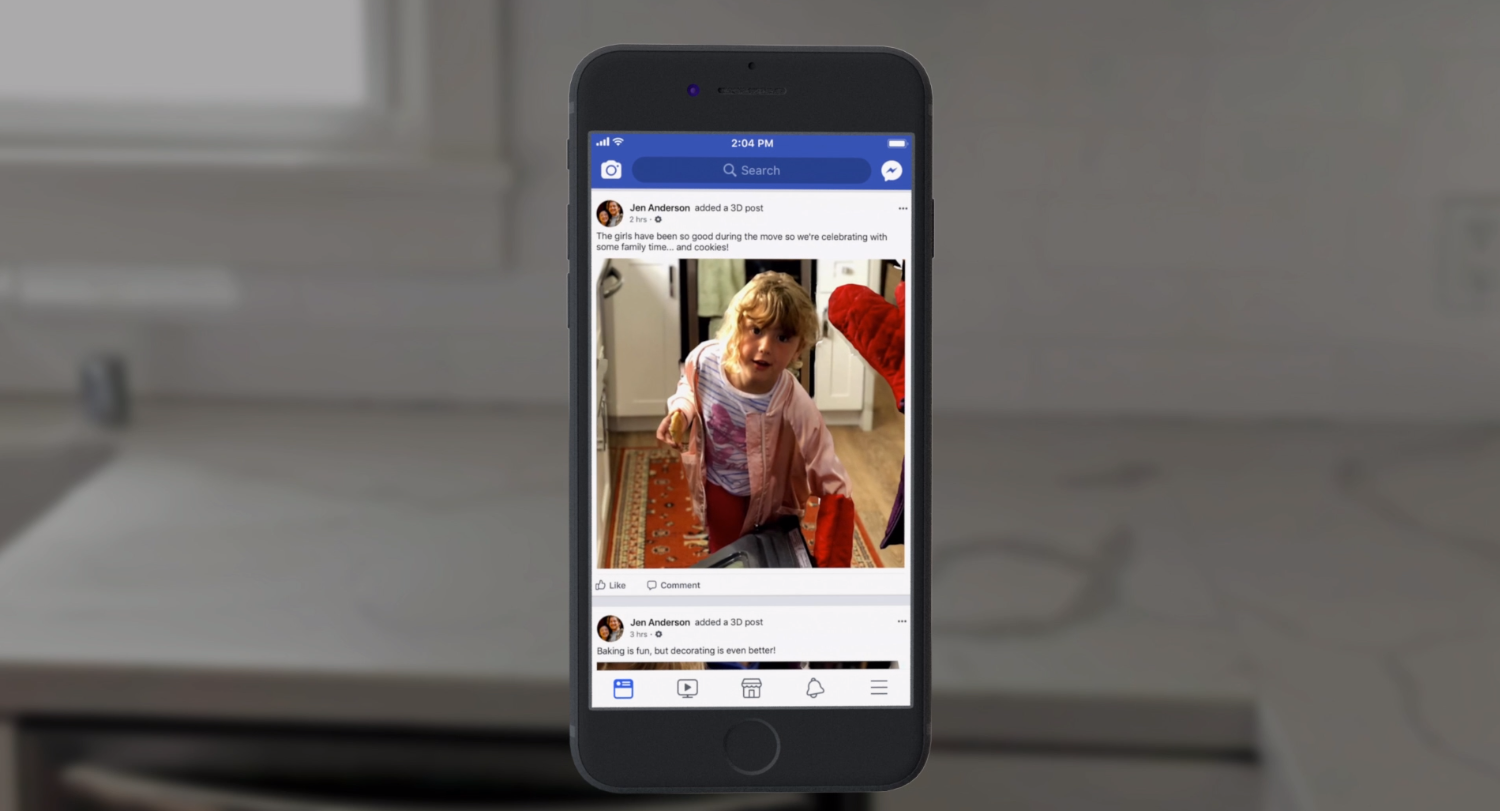
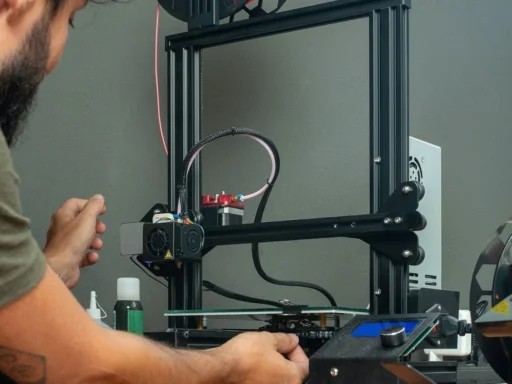
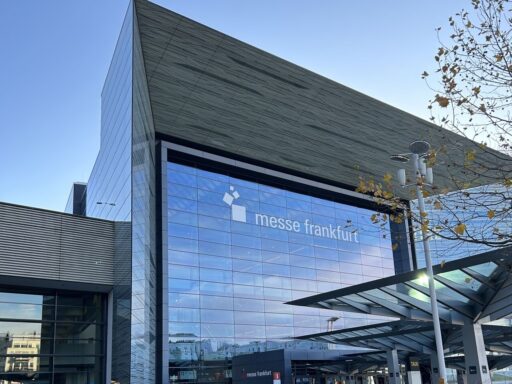

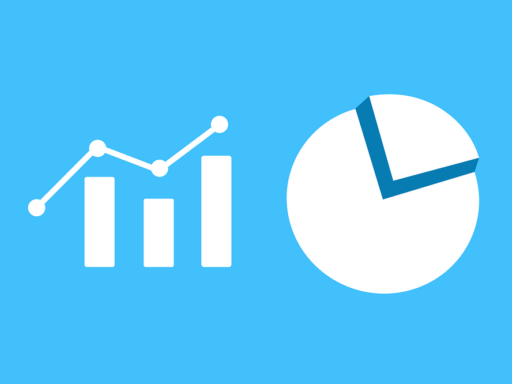
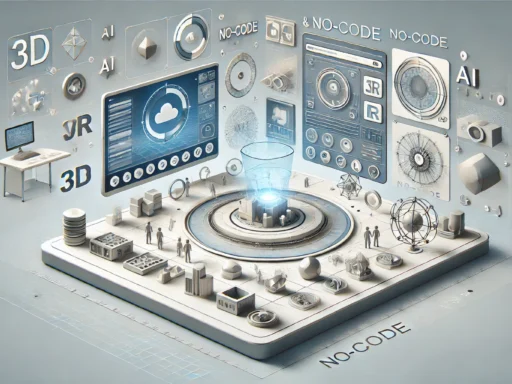

Thanks for sharing. I read many of your blog posts, cool, your blog is very good.